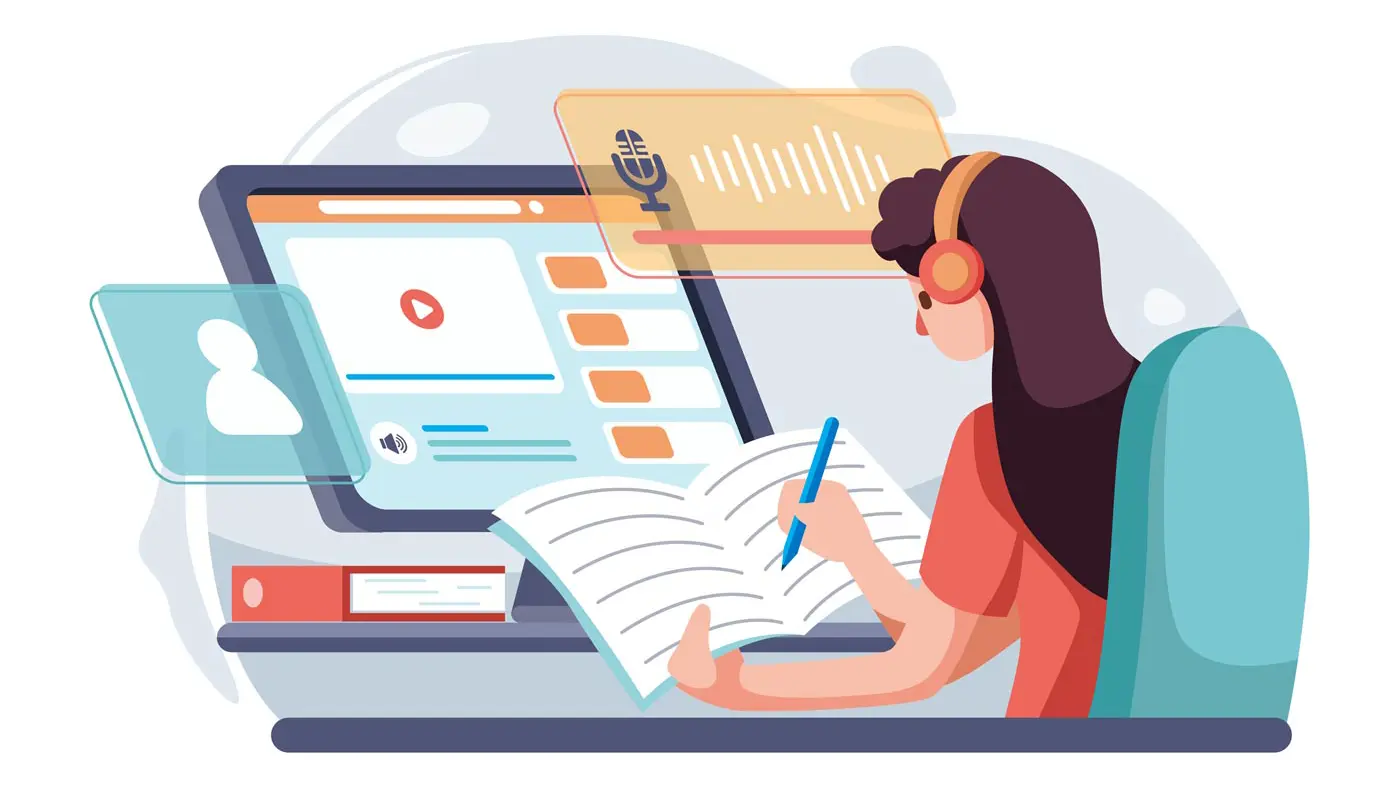Universal Design for Learning: Explore REACHUM's practical tips and strategies to engage diverse learners with effective multimodal teaching methods.

Universal Design for Learning (UDL) is an popular framework in education and training. Its core idea—providing multiple ways for learners to engage with, process, and demonstrate knowledge—offers an important reminder that no two learners are exactly alike. Multimodal learning, sometimes referred to as "multichannel learning," is the practice of presenting content through different formats like text, visuals, audio, and interactive activities, is often seen as a natural extension of UDL.
To put UDL in perspective, it's a guiding teaching philosophy supporting inclusivity, rather than a specific teaching strategy with guaranteed outcomes. Simply adding more modalities or offering more choices doesn’t automatically improve learning—and in some cases, it can even increase cognitive load.

In 1987, Neil Fleming introduced the VARK model of learning, an inventory meant to help teachers, students, and others identify individual information processing preferences. According to the VARK model, people identify with one of four types of learning styles: visual, auditory, read/writing, and kinesthetic. The VARK model and its research framework were criticized extensively, with some critics suggesting boxing students into a single category might actually be a hindrance to learning.
Despite its shortcomings, the VARK model’s underlying concept – the fact that information processing differs from person to person – remains a valuable takeaway that has since evolved to mean no two humans process information exactly the same way.
The concept of learner variability, a fundamental premise of UDL, is based on neuroscience research indicating that a learner’s emotional state, personal experiences, background, interests, and perceived abilities have as much of an impact on learning as the context and medium in which a lesson is presented.
In other words, to ensure all students’ learning needs are being represented in their classrooms, instructors need to adopt a multimodal approach to teaching. Instead of trying to meet the needs of visual learners versus auditory learners, for example, instructors should aim to develop lesson plans that speak to both learning preferences with a keen eye for accessibility needs and assistive technology accommodations.
Research in Cognitive Load Theory (CLT) consistently shows that working memory has limited capacity. When learners must navigate excessive options, switch between too many formats, or process redundant information, they can quickly become overwhelmed. This extraneous load reduces the mental resources available for learning and retention.
Multimodal resources can be powerful when they are purposeful—helping clarify complex concepts or offering essential supports. But when every lesson becomes a buffet of media and choices, learners may end up distracted rather than empowered.
This is where microlearning offers a practical advantage. By delivering focused, bite-sized lessons with clear objectives and minimal distractions, microlearning keeps cognitive demands manageable. Learners can engage with material in short bursts that align to how memory actually works. When you add realtime tools that identify learning gaps, like REACHUM XRAY, you have a powerful system that allows immediate the fixing of learning confusion.
None of this implies you should abandon UDL principles. Offering multiple means of representation and expression can absolutely help remove barriers. But effective instructional design balances flexibility with clarity:
UDL is most valuable when it's considered alongside how people process information.
Universal Design for Learning offers powerful principles that make learning more inclusive, flexible, and responsive to diverse needs. When applied thoughtfully, UDL helps remove barriers and empowers more learners to succeed.
At the same time, pairing UDL with evidence-based practices like microlearning, active learning, and Cognitive Load Theory ensures that learning experiences remain clear, focused, and cognitively manageable. The goal isn’t to offer more options for their own sake—it’s to design experiences that are engaging, accessible, and optimized for how people actually process information.
By combining UDL’s spirit of inclusivity with strategies that support cognitive efficiency and active participation, you can create learning that is not only equitable but also effective and energizing for everyone.